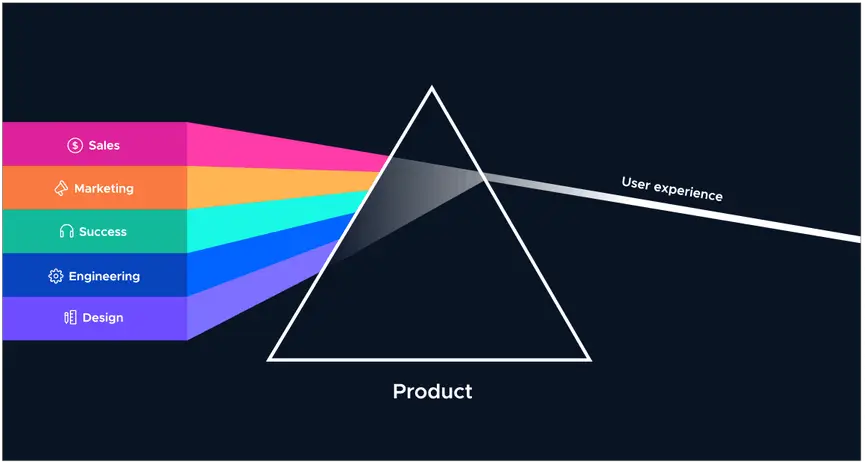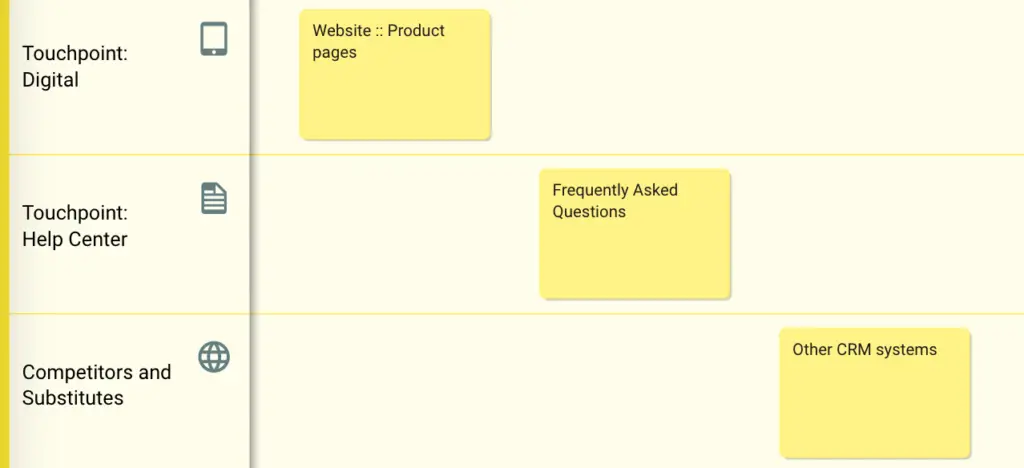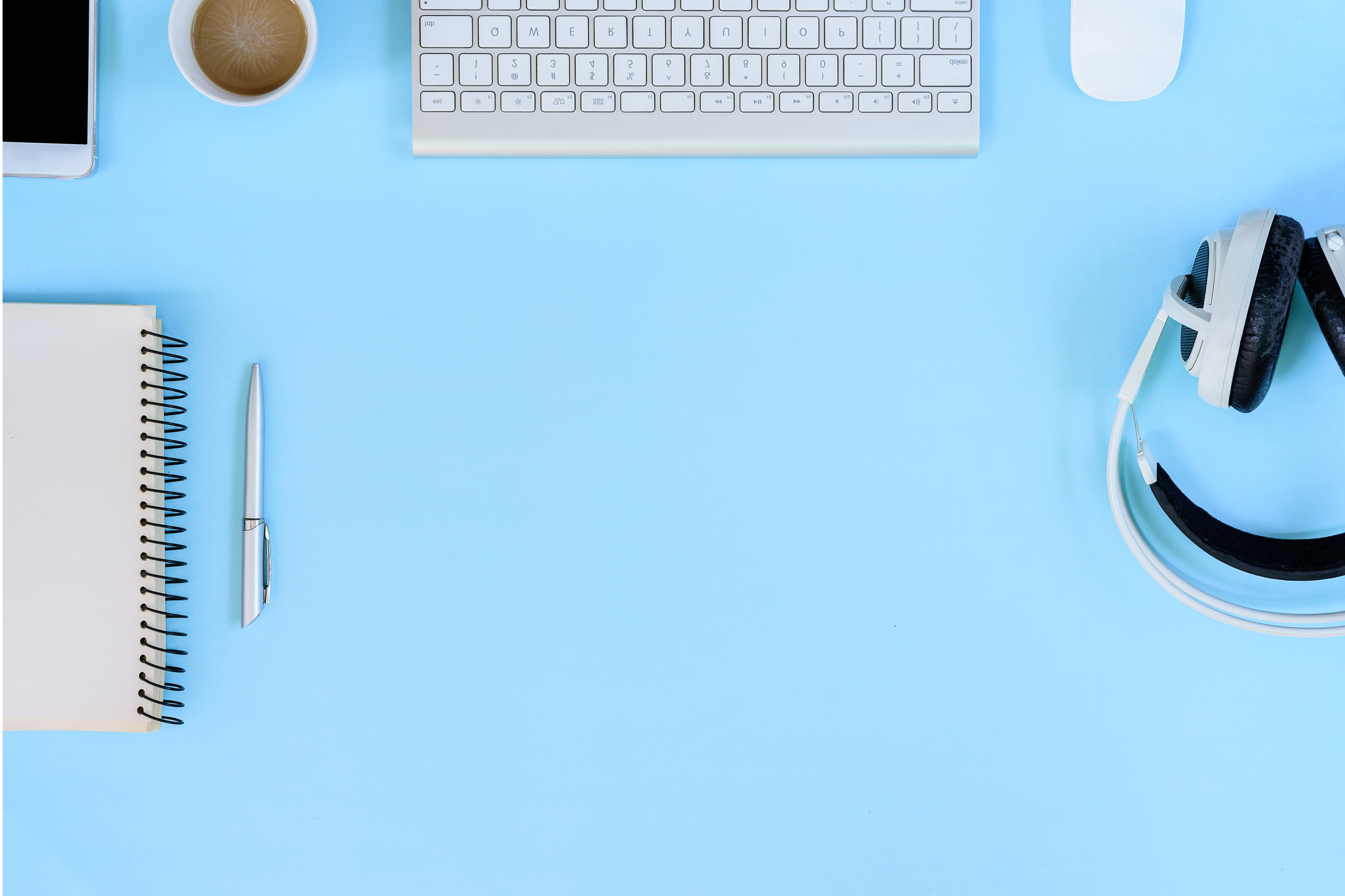Are you working to improve the B2B SaaS customer journey? This template will help you think through the Customer Journey while combining your typical Product-Led-Growth Stages.
Download a pdf version of the template
Explore the template in the app
What is PLG and why use it in a B2B SaaS customer journey map?
B2B Software has undergone a major change in how services are found, evaluated, and bought. Buyers of B2B products are not companies but rather the people inside the company.
Buyers want to self-educate (according to a Forrester report, 75% of B2B buyers say they’d rather buy through an app or a website than a salesperson.) Adding to that, it’s now easier than ever to start a company, and the amount of SaaS businesses (Software as a Service) is increasing by the day. Consumers now have access to an ever-expanding list of services that can deliver on their expectations.
Previously B2B products were sold by the salespeople and they were instrumental in the B2B SaaS customer journey.
In today’s tech-savvy world many customers prefer, instead of talking to a salesperson, to experience the product first and educate themself. Being in the B2B space today means that businesses need to change the way they think about their marketing, sales, and service delivery.
Product-Led-Growth (PLG) is a methodology in which user acquisition, expansion, conversation, and retention are all driven primarily by the product itself.
One way of illustrating this is with this image (source: productled.org):

Usually, a prism means that when light passes through a prism the different colors that make up white light become separated and create a rainbow effect.
The product-led prism works the same but the other way around. The different colors here represent the different teams -such as marketing, sales, customer success, etc, and the image illustrates how they all focus their efforts on creating a consistent customer experience through the use of the product.
About the B2B template
From top to bottom, the SaaS customer journey map is divided into the following main areas:
- Customer phases and journey steps
- Touchpoints
- Backstage - organizational processes, activities, policies, and rules
- Development - challenges, ideas, and priorities
Additionally, as a starting point, we have also placed the four main phases of the PLG Flywheel, the marketing model suitable for SaaS businesses (rather than the classical marketing and sales AIDA funnel).
The stages from awareness to adoption and advocacy are represented by the customer behavioral groups evaluators, beginners, regulars, and champions.

The lane “customer journey steps” is the next level, detailing each step the customer takes when going through the PLG-phases. This lane also includes a sub-lane with placeholders where you can add more information about the customer activities, goals, and needs in each step.

The yellow lanes in the SaaS customer journey are for the touchpoints, for instance, the app, website, help center, customer support, and so on.
Feel free to add and remove touchpoints to suit your needs. You can also add more information where needed to highlight when different touchpoints are used during a step.

Below the touchpoints, we have placed the backstage lanes, ie the internal lanes - where you place any processes, activities, systems, and policies that are in effect when you are delivering the customer experience throughout the various touchpoints of your B2B product.

Finally, the last lanes are the development lanes, where you prioritize the different activities you will focus on as a result of mapping the SaaS customer journey and identifying pain points or gain points.



